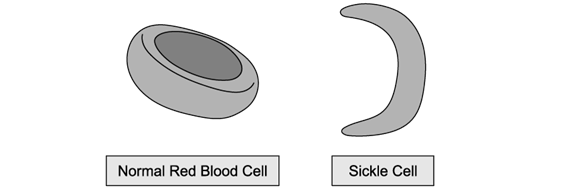State the name of the part of the cell where polypeptide synthesis takes place.
When a polypeptide is synthesised it is important that the amino acids are combined in the correct order to produce a functional protein.
Outline the process that allows the amino acids to be added to the polypeptide in the correct order.
After a polypeptide has been synthesised it must undergo a series of changes before it can become a functional protein.
Describe the changes that occur between polypeptide synthesis and the formation of the functional protein.
Describe how a change in the DNA affects the way that the process of protein folding occurs.
Did this page help you?














